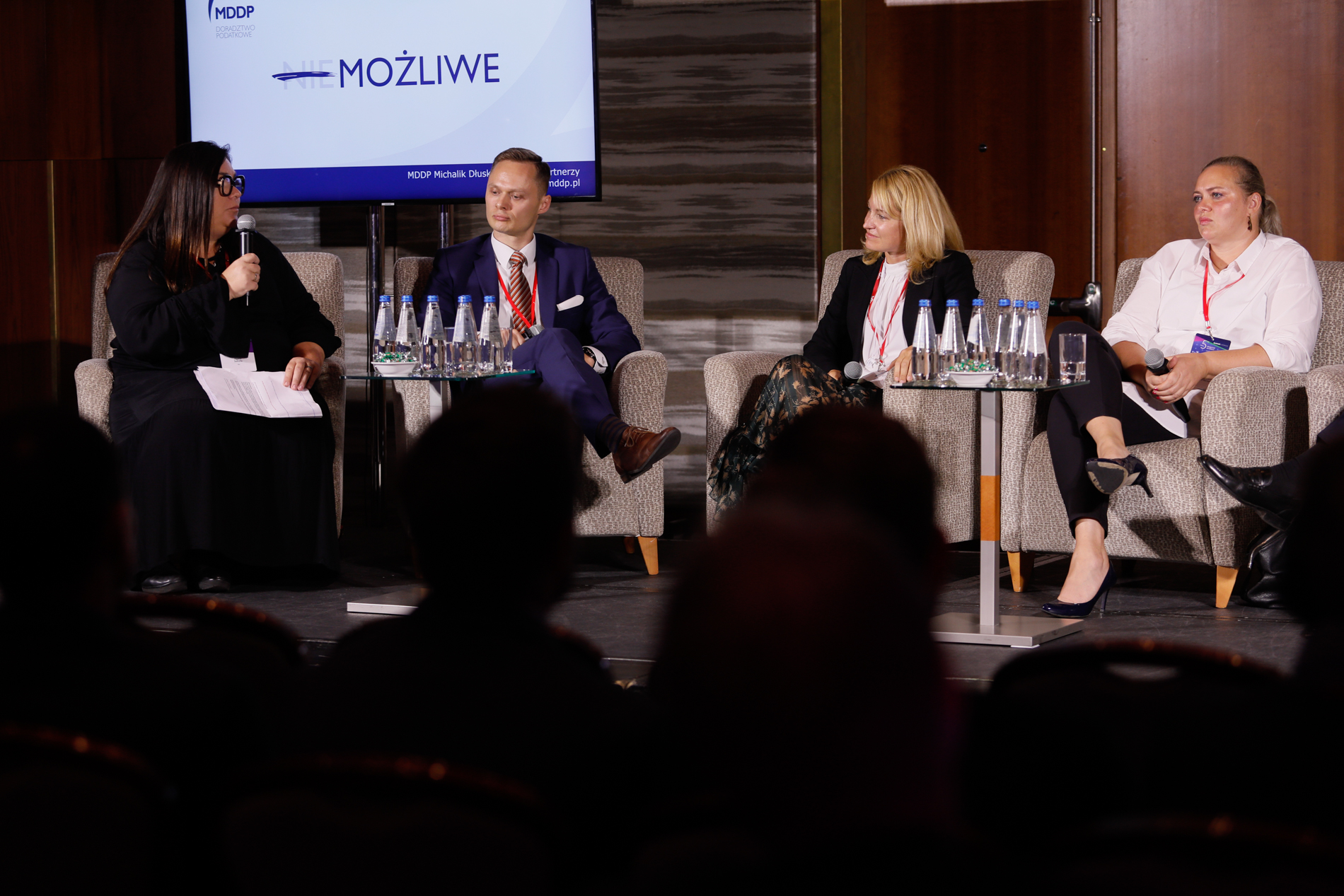Eurobuild conference: “The commercial sector in Poland does not need to be resuscitated”
“How to keep the commercial sector alive?” – finding answers to this question was posed to the panellists by the organisers of the 5th “Commercial Real Estate Investment” conference. The discussion quickly revealed that, despite the not always optimistic signals from abroad, the situation in Poland is good and “the patient does not need to be resuscitated.” The event, prepared by Eurobuild CEE magazine, took place in Warsaw on 9 September.
The discussion, hosted by Agata Sekuła from JLL, featured: Anna Malcharek from Gemini Holding, Jolanta Wawrzyszuk from Atrium European Real Estate, Maciej Wróblewski from Apsys, Maciej Tuszyński from Griffin Real Estate, Piotr Szafarz from Dentons and Michał Ciapka from Higasa Properties.
The discussion focused on a diagnosis of the Polish commercial sector – both in terms of shopping centres, shopping streets and the changes in the market caused by growing e-commerce. “Shopping centres have not been exclusively commercial for a long time, so the rise in popularity of e-commerce and the Sunday ban on trade have not shaken sales performance and accountability. However, the new situation requires a new way of management,” said Anna Malcharek. Participants did not approve the end of large commercial facilities thesis. “Customers still like to shop in large facilities, so they are willing to visit them. The regional centres are doing very well, as are the smallest ones, namely the neighbourhood centres with strong links to the local community. Sales declines can only threaten medium-sized facilities, especially those with an undefined profile – they will require intensive asset management activities,” said Maciej Wróblewski. “It is more difficult to find a buyer for an entire multifunctional centre, as most investors still specialise in a specific asset class. On the other hand, a complex combining several facilities with different functions will attract the attention of more investors interested in one of its parts: commercial, office or hotel. Such a profile broadens investment opportunities rather than restricting,” pointed out Maciej Tuszyński.*
Another thread of discussion was also the section dedicated to the so-called high street sector. It might seem that this format is in retreat, and participants in the discussion gave the example of Chmielna Street in Warsaw, which, after several promising years, has become commercially deserted despite its excellent location. “However, there are cities where the so-called high street is doing quite well. An example is Świętojańska Street in Gdynia, which has changed its profile over the years towards catering, and the key to its success can be, for example, all-day culinary events organised directly on the street when it is closed to traffic,” noted Michał Ciapka.
*Report available at www.eurobuildcee.com. Full report on the investment conference in the upcoming October issue of Eurobuild magazine.










